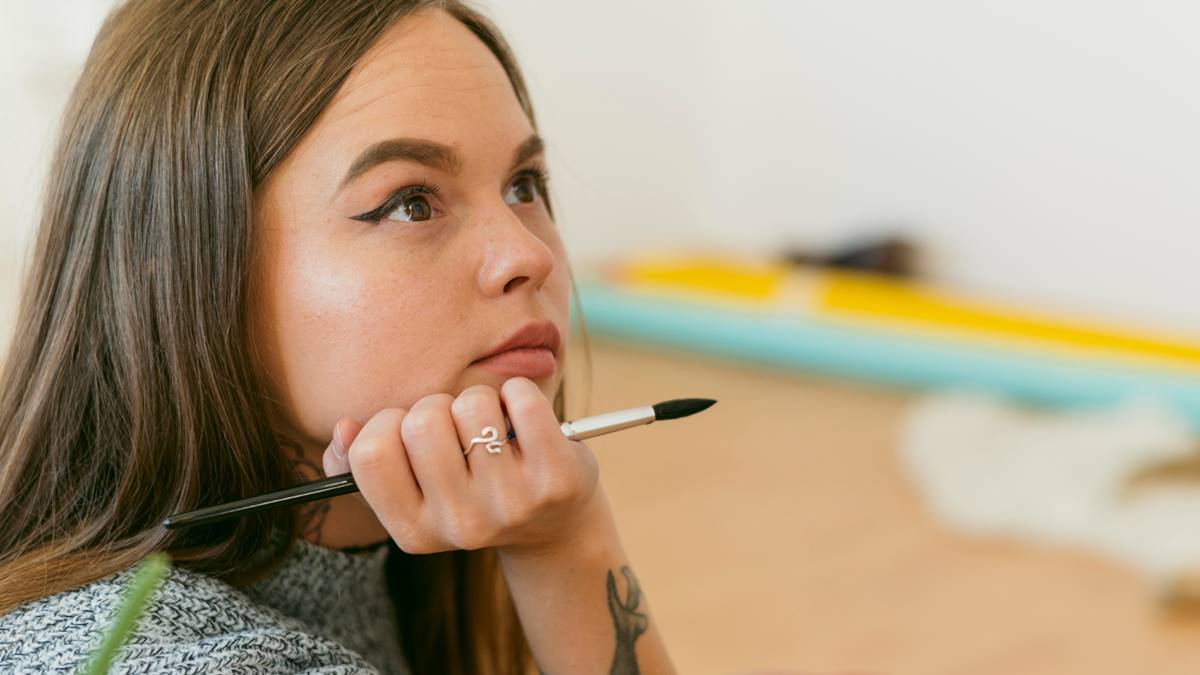Picture waking up in the morning, glancing in the mirror, and seeing perfectly shaped brows, softly tinted lips, and defined eyes — all without reaching for a single cosmetic product. For many, this dream has become a reality thanks to the growing popularity of permanent makeup. It’s no longer a niche service but a mainstream solution for enhancing natural beauty with minimal effort.
Permanent makeup is gaining popularity not only among celebrities but also with everyday individuals who want to simplify their routines. From busy professionals to those with sensitive skin or beauty-related medical concerns, this treatment offers convenience, confidence, and lasting results.
How permanent makeup works
At its core, permanent makeup — also called micropigmentation — is a cosmetic technique that involves implanting pigment into the skin using fine needles or microblades. Unlike traditional tattoos, which penetrate deeper layers of the dermis, this technique targets the upper layers, creating a softer, more natural effect.
The most common applications include eyebrow microblading, eyeliner enhancement, and lip blushing. These procedures are tailored to each person’s facial features and skin tone. During the initial consultation, the artist discusses the desired shape, color, and technique, often using mapping tools or digital sketches to visualize the outcome. The actual treatment may take one to three hours depending on the area, followed by a healing process that typically lasts a couple of weeks.
As the skin heals, the pigment softens and settles, often requiring a touch-up session to achieve the final look. With proper care, results can last anywhere from one to five years, although most people schedule annual maintenance sessions to keep the pigments fresh and crisp.
Benefits beyond beauty
The appeal of permanent makeup lies not only in its visual enhancement but in the freedom it offers. It can significantly cut down morning routines, making it easier to look polished without effort. Athletes, travelers, or individuals with active lifestyles find it especially helpful for maintaining a consistent appearance without worrying about smudging or reapplying makeup.
It also has transformative potential for people dealing with certain health issues. For instance, those suffering from alopecia or undergoing chemotherapy may lose eyebrows and eyelashes. Micropigmentation can restore facial definition and help rebuild confidence. Similarly, individuals with impaired vision or motor control may struggle with applying makeup — permanent solutions remove that barrier and allow for daily ease.
What many appreciate is that this type of cosmetic treatment enhances rather than conceals. It follows the trend of embracing one’s natural features, softly defining and highlighting them instead of masking them completely.
Choosing the right artist
As with any cosmetic procedure, choosing the right technician is crucial. Experience, certification, and artistic ability are all essential. A skilled artist will understand facial symmetry, skin undertones, and pigment behavior over time. They’ll also be transparent about what results can realistically be achieved, especially when it comes to color retention and fading.
Studios should follow strict hygiene protocols, including disposable tools, sanitized surfaces, and patch testing to minimize allergic reactions. A detailed consultation before any treatment helps ensure that the client and artist are aligned on expectations and style.
Clients often search far and wide for trusted professionals, and the options are growing in urban centers across the world. For example, many beauty insiders recommend researching the best studio for permanent makeup in Beverly Hills, where highly trained artists offer bespoke treatments using advanced techniques. These studios often set the industry standard, influencing trends and safety practices worldwide.
What to expect after the procedure
Although minimally invasive, permanent makeup does involve some downtime. Right after the procedure, the treated area may appear darker or more defined than expected. This is temporary — as the skin heals, scabbing and slight pigment loss are common. Clients are typically advised to avoid water exposure, sun, makeup, and heavy sweating during the initial healing phase.
A follow-up appointment, usually six to eight weeks later, is often needed to make adjustments or reinforce faded areas. After that, results can be maintained with annual touch-ups and consistent skincare, including sun protection to prevent premature fading.
While side effects are rare, it’s important to disclose any medical conditions or medications during the consultation, as these can impact healing or pigment retention.
A lasting investment in self-confidence
Permanent makeup is more than a beauty trend; it’s a shift in how we approach self-care and self-expression. It reflects the modern desire for low-maintenance solutions that still allow for personal style. In many ways, it bridges the gap between aesthetic enhancement and functional convenience.
If you’ve ever wondered what is permanent makeup, the answer is both simple and powerful. It’s a blend of art and science, designed to bring out the best in each face, day after day. And in a world where time is precious and beauty ideals are evolving, it offers a way to feel more yourself — effortlessly.
